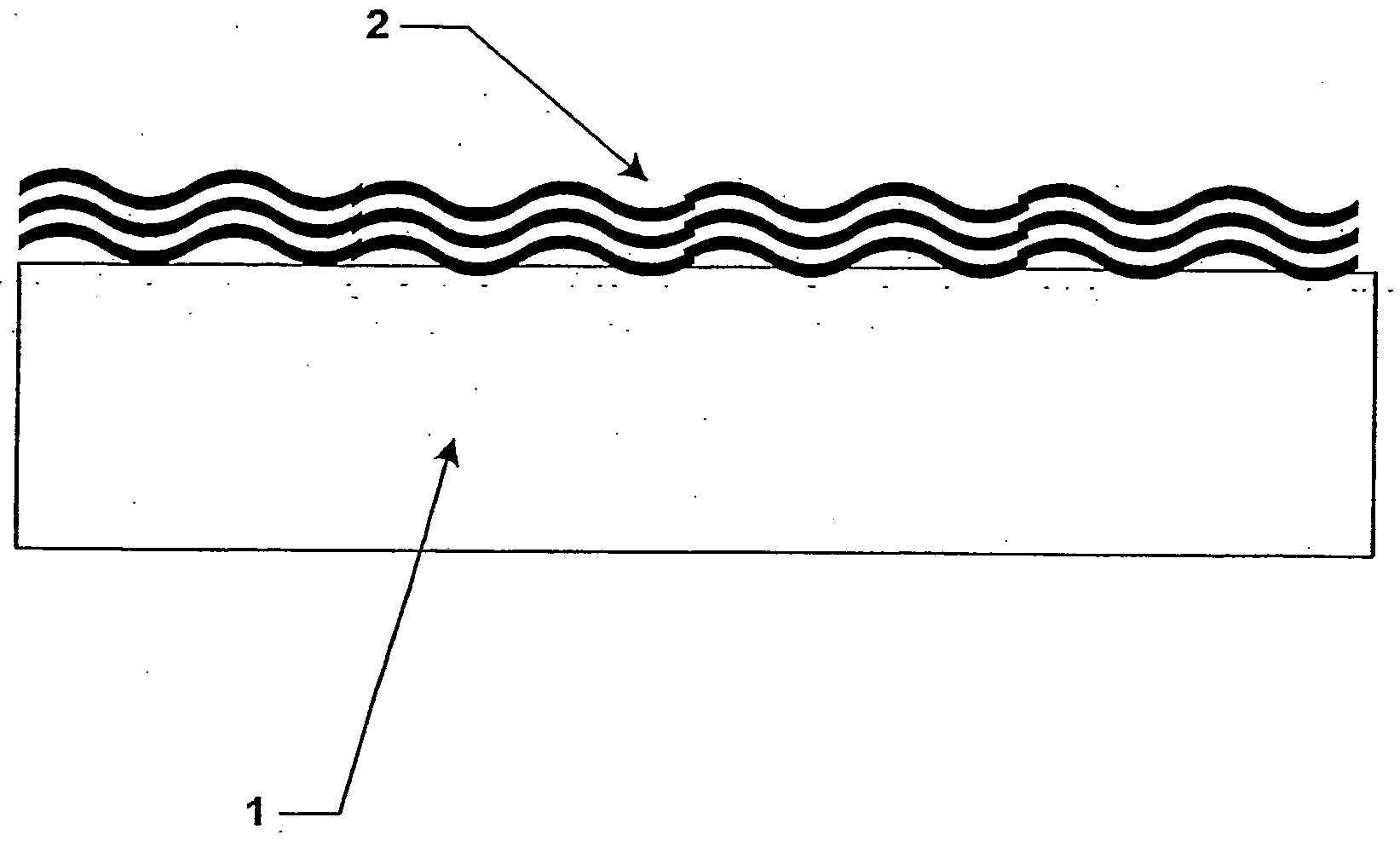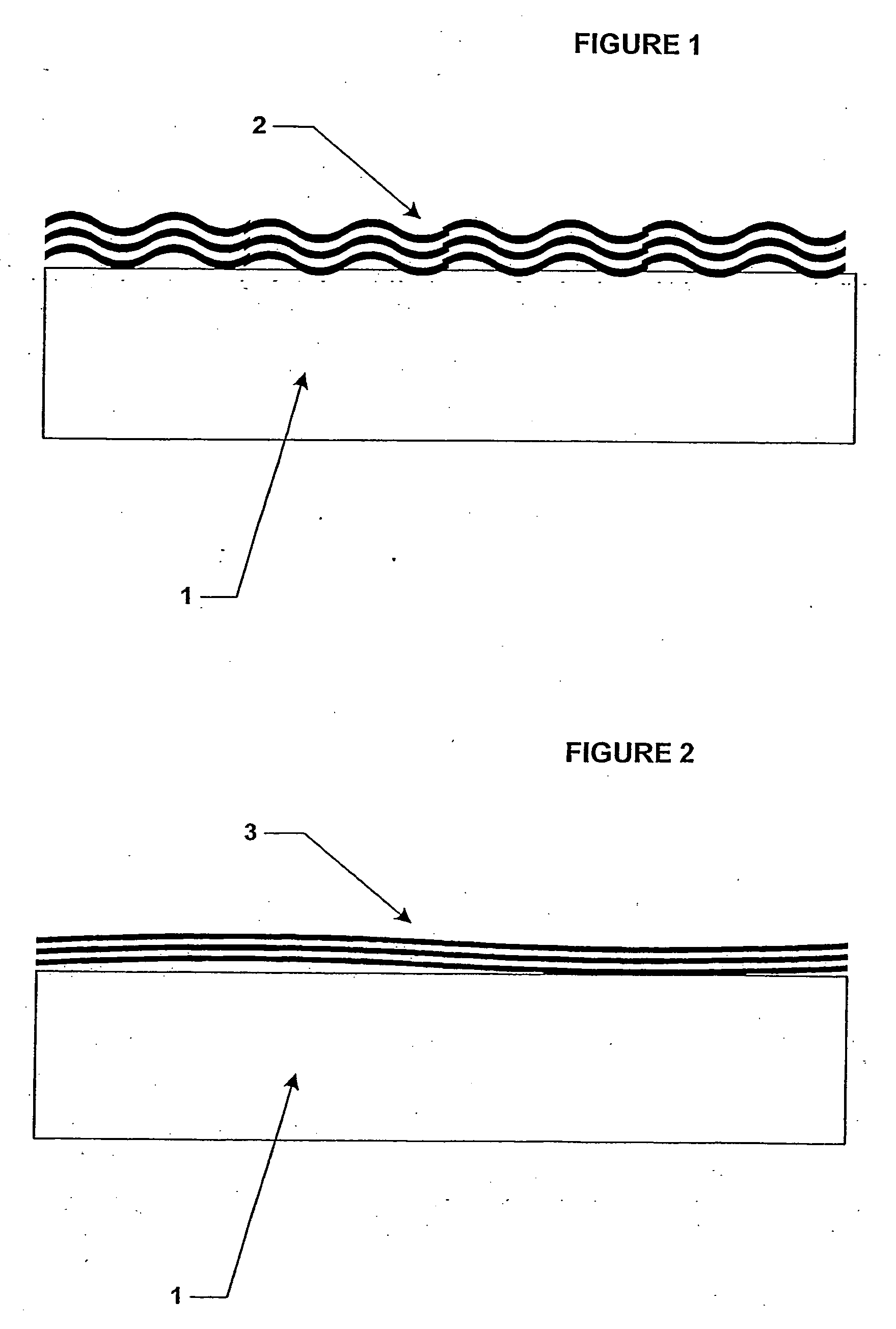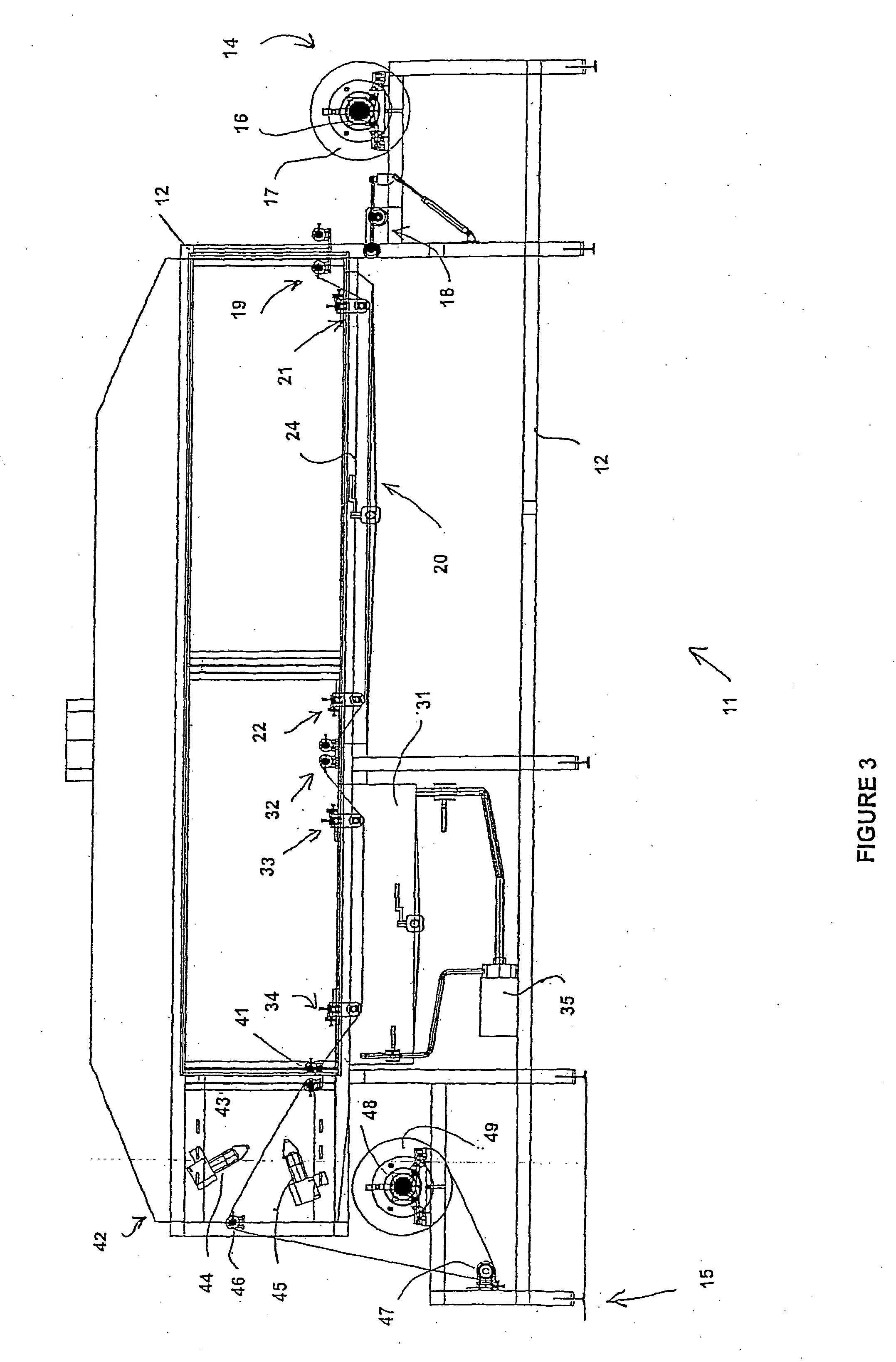Electrode for an energy storage device
a technology of energy storage device and electrode, which is applied in the direction of flat cell grouping, cell components, natural mineral layered products, etc., can solve the problem of limited voltage that can be applied across a single cell, and achieve the effects of improving electrochemical stability, improving voltage stability of the device, and improving electrochemical stability of the devi
- Summary
- Abstract
- Description
- Claims
- Application Information
AI Technical Summary
Benefits of technology
Problems solved by technology
Method used
Image
Examples
Embodiment Construction
The Treatment Process
[0212] The treatment process in accordance with the invention will now be described in general. In essence, the foil is treated to obtain a treated layer having at least one of the following: an initial resistance less than the native oxide layer, a resistance rise rate that is lower than that of the native oxide layer. The Resistance of a system is referred to as the Equivalent Series Resistance (ESR) and is defined as having the units of measurement ohm-square-centimeters square-centimeters (Ω.cm2). The Resistivity (ρ) of the treated layer is defined by: ρ=R Ad[0213] Where R is the Resistance (in Ω.m2), d is the thickness (in meters) of the layer and A is the area (in square meters) of the layer at a normal to d. The units of Resistivity are ohm-meters (Ω.m).
[0214] A preferred treatment process in accordance with the invention involves treating metal foil, such as aluminum, with two treatment solutions in a two step (or “treatments”) process to obtain a t...
PUM
| Property | Measurement | Unit |
|---|---|---|
| thickness | aaaaa | aaaaa |
| voltage | aaaaa | aaaaa |
| thickness | aaaaa | aaaaa |
Abstract
Description
Claims
Application Information
 Login to View More
Login to View More - R&D
- Intellectual Property
- Life Sciences
- Materials
- Tech Scout
- Unparalleled Data Quality
- Higher Quality Content
- 60% Fewer Hallucinations
Browse by: Latest US Patents, China's latest patents, Technical Efficacy Thesaurus, Application Domain, Technology Topic, Popular Technical Reports.
© 2025 PatSnap. All rights reserved.Legal|Privacy policy|Modern Slavery Act Transparency Statement|Sitemap|About US| Contact US: help@patsnap.com



